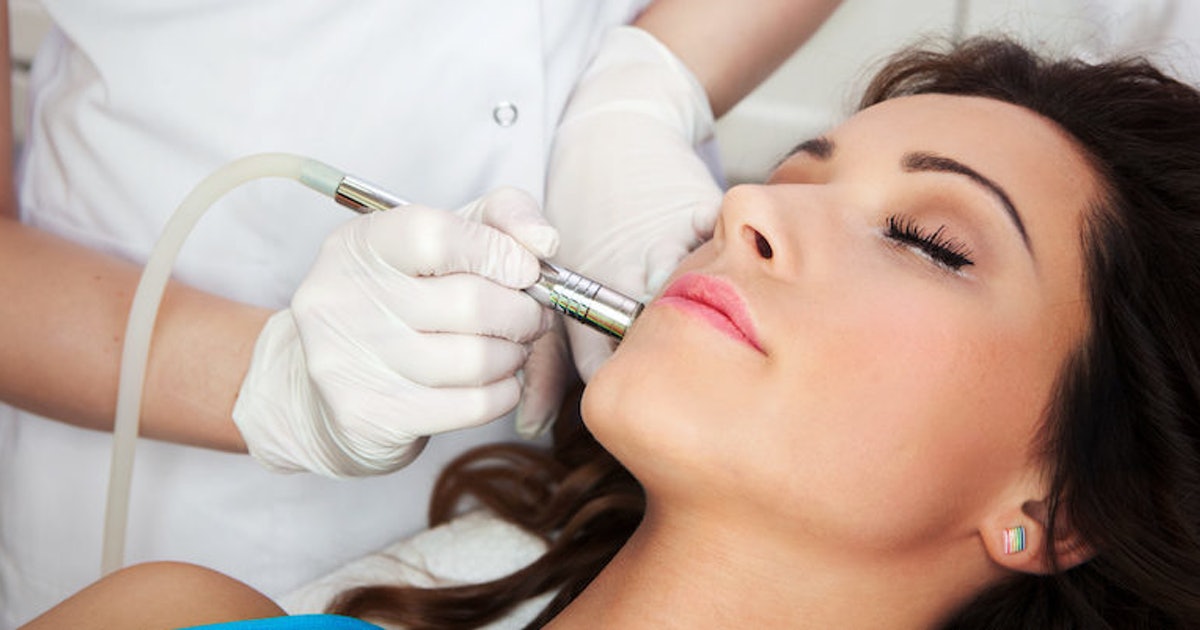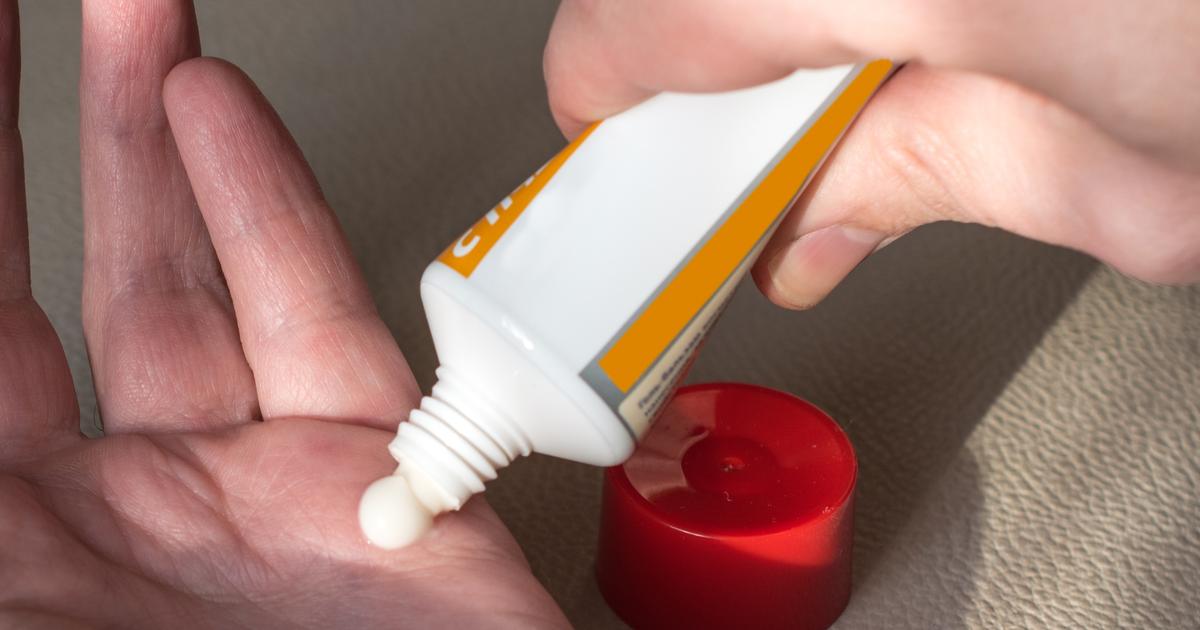How To Treat Hypopigmentation
Hypopigmentation is a condition that occurs when there are patches on skin lighter than the rest of the skin. These patches don't have as much concentrated melanin, which is what leads to the lighter color. They tend to develop when the skin cells aren't producing enough melanin. Depending on the individual, the effects might occur in spots throughout the body, or the skin may get progressively lighter all over the body. Severe environmental conditions and genetic mutations can disrupt an individual's melanin production. Before treatment can be utilized, the underlying cause must be determined. In fact, the first thing a doctor will do is diagnose the underlying condition causing hypopigmentation. Many of the most common conditions can be treated, and the skin will begin to produce melanin normally and smooth itself within a few months.
However, in the meantime, there are cosmetic treatments patients can undergo to reduce or eliminating lighter patches. Get familiar with some common treatments now.
Laser Resurfacing

Laser resurfacing is one of many available options for the treatment of hypopigmentation. A laser therapy treatment uses focused light to shape or destroy certain cells. Laser light is preferred for many dermatological treatments because it is precise enough not to damage the surrounding tissue while it works on the problem area. In addition, it's a non-invasive and non-toxic form of therapy. Individuals who undergo laser resurfacing may experience complications like swelling, pain, and scarring, but these should be minimal with an experienced surgeon. One potential drawback of laser resurfacing is it tends to be expensive, and repetitive treatments are often necessary to meet an individual's goal of even-toned skin without any hint of hypopigmentation.
Keep reading to learn more about the best ways used to treat hypopigmentation now.
Topical Corticosteroids

Several of the most common underlying conditions that cause hypopigmentation use topical corticosteroids as a first-line treatment method. These medications are applied to the skin and are available either over-the-counter or in prescription form. Before starting any, patients should talk to their doctor about whether they're the right choice for them and their needs. Different topical corticosteroids are appropriate for different conditions and patients. In the human body, there are natural hormones and steroids created by the adrenal gland. The topical version of these is a synthetic one designed to mimic its natural counterpart. Corticosteroids help suppress and reduce immune system responses. When the underlying cause is an autoimmune disorder like psoriasis, or it's triggered by allergens like eczema, the use of corticosteroids can help. The medication reduces itching, redness, swelling, and general inflammation.
Read more about alleviating hypopigmentation now.
